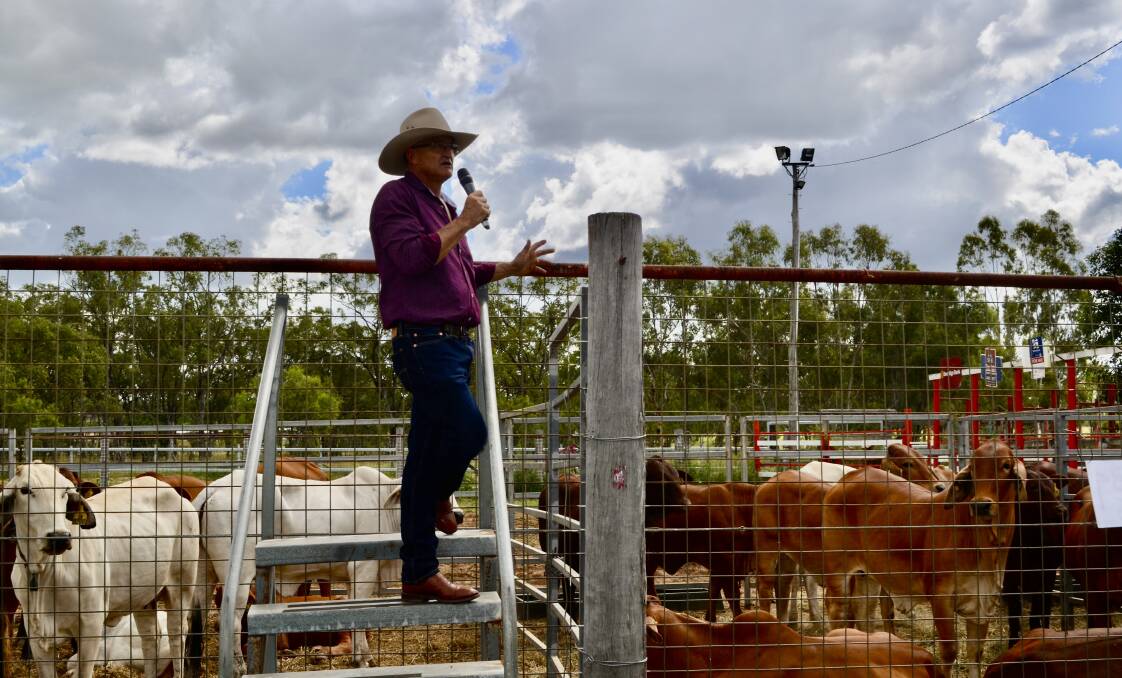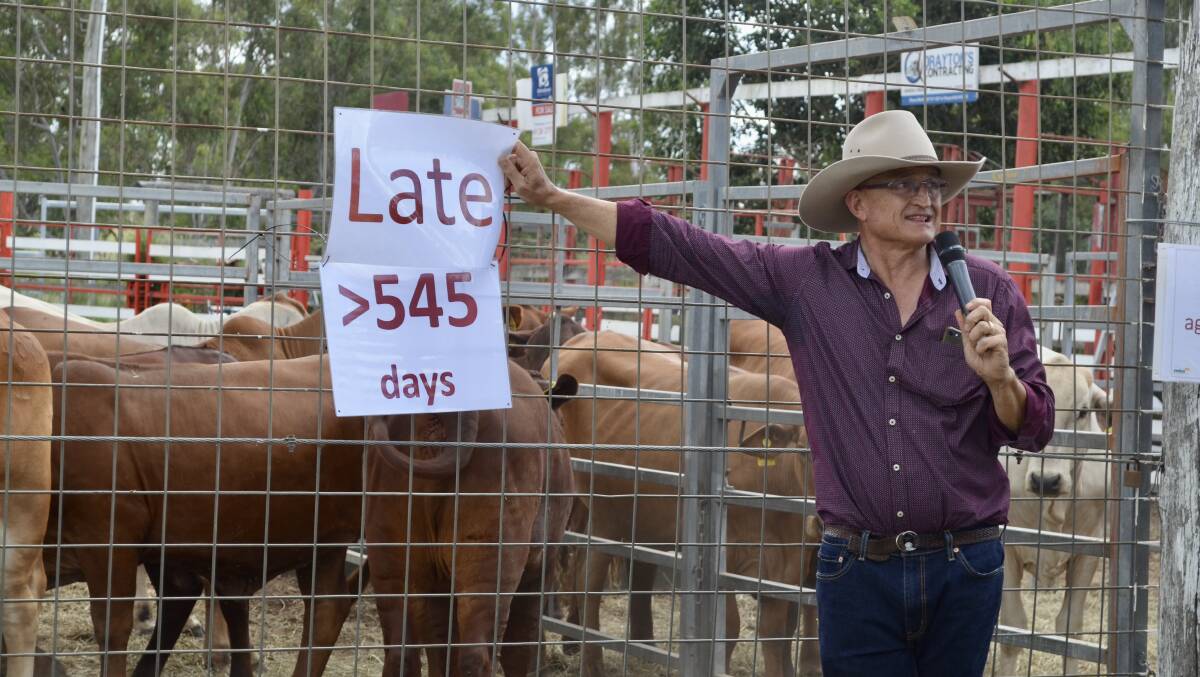
More commercial and seedstock producers are showing an interest in using and recording estimated breeding values, according to experts at a repronomics project update at Gayndah last week.
Subscribe now for unlimited access to all our agricultural news
across the nation
or signup to continue reading
Project manager David Johnston said they were now looking forward to continuing the project and new groups were expressing their interest in participating in the future.
"At the end of 2024 we'll be looking to renew the project," he said.
"We've also put a new project into MLA that's currently under consideration where you actually send us your heifers and we do the recording at a central location.
"So, we're making it more producer driven, producer owned, and also looking to leverage that through to value add what's happening here.
"I've got Brangus breeders, Charbray breeders, and tropical composite breeders, all saying, which breed is going to drop out and give us a turn, so that's encouraging."

Advantages of across-breed EBVs
Mr Johnston spoke on the importance of across-breed EBVs, particularly for commercial breeders who are looking for certain genetic traits to suit their herds.
When asked how he thought it would change the breeding game, Mr Johnston said it probably wouldn't convince seedstock operators to swap breeds, but it would provide them with detailed information on crossbreeding.
"The major advantage is the commercial cattlemen being able to compare those across-breeds and match the right bulls into their herds, but I don't think it's fundamentally going to change the seedstock sector," he said.
"I don't think it's going to mean that a Santa Gertrudis breeder is all of a sudden going to put a Droughtmaster in, or a Droughtmaster breeder is going to use Brahmans.
"When we get more across-breed EBVs it might be that people get less breed oriented and more just genetic oriented."
Mr Johnston said that although the data for across-breed EBVs is coming along, it would most likely be a gradual uptake and implementation.
"Certainly at a research level we're getting there now, but it's now going to have to go from research to implementation and that implementation will have considerations around the business model," he said.
"The very first thing was we didn't have the data to compare, but now with this project and the southern multi-breed project, we get data that allows us to sort of stick them together.
"That's then the next step, to put them together, but I'm hopeful that now we have that data, it will allow the conversation around the development of how we go forward with doing it routinely."

Importance of female reproductive traits
Female reproduction traits were one of the major themes throughout the day, including a demonstration where two pens of heifers, were compared to see if attendees could pick which mob were early maturers just from their physical appearance.
The demonstration was repeated with another two pens, one which were quick to recycle and others who took much longer after calving.
Both of the demonstrations showed attendees the importance of collecting data through scanning and genetic testing.
A research paper released by the project team in 2019 outlined the need for cows to reach puberty quickly, as well as quickly returning to cycle after calving.
Mr Johnston explained that age at puberty could be determined by the age at which the first corpus luteum can be seen, which was demonstrated during the ovarian ultrasound presentation at the field day.
During his presentations, Mr Johnston expressed the importance of improving accuracy in age to puberty data, as well as other female reproduction EBVs.
When asked by attendees about what is an ideal level of accuracy, Mr Johnston said that even 30 per cent is better than none, and the more producers continue to strive for key female reproductions traits, the more efficient their herds will be.
Want daily news highlights delivered to your inbox? Sign up to the Queensland Country Life newsletter below.


